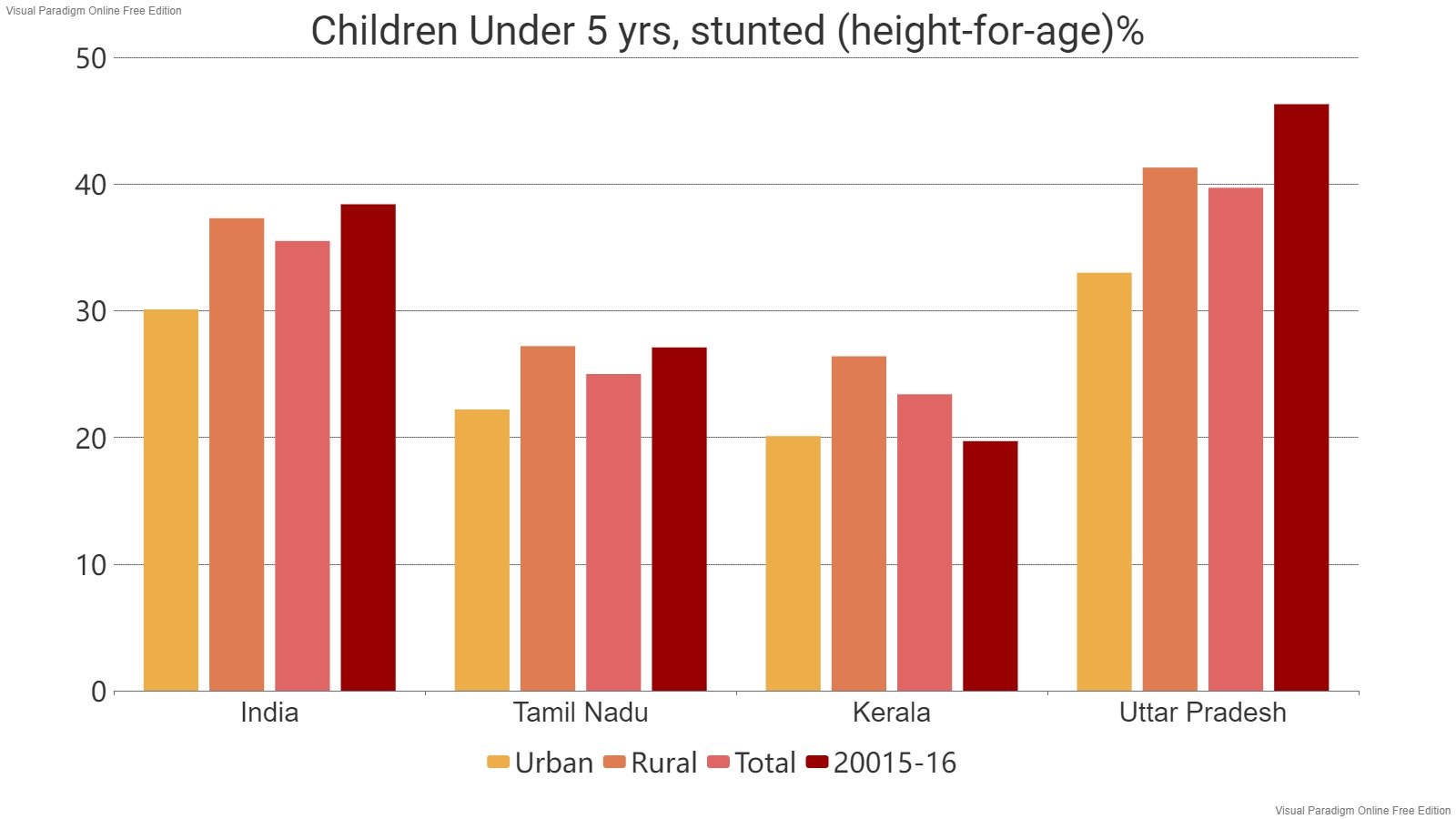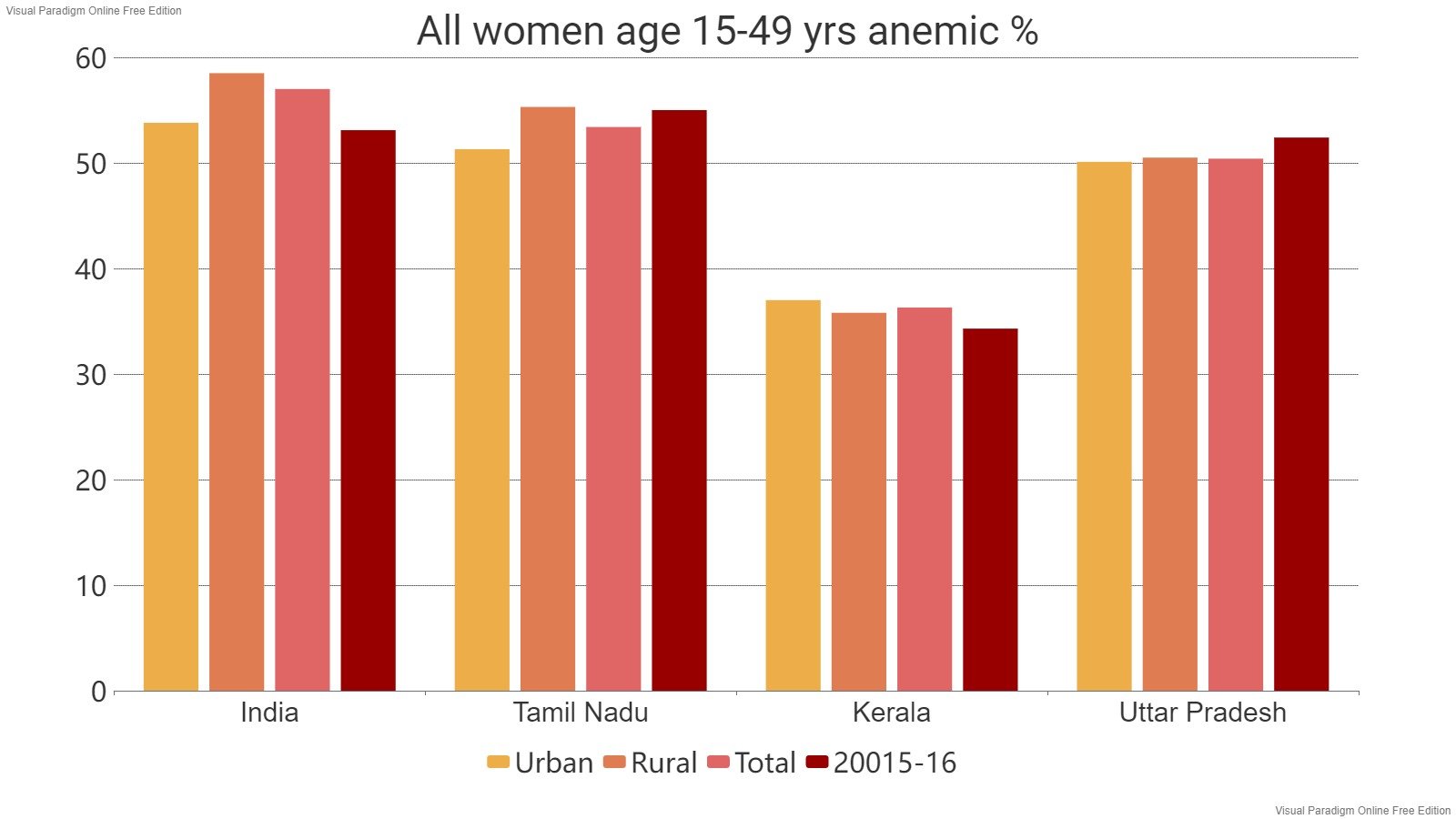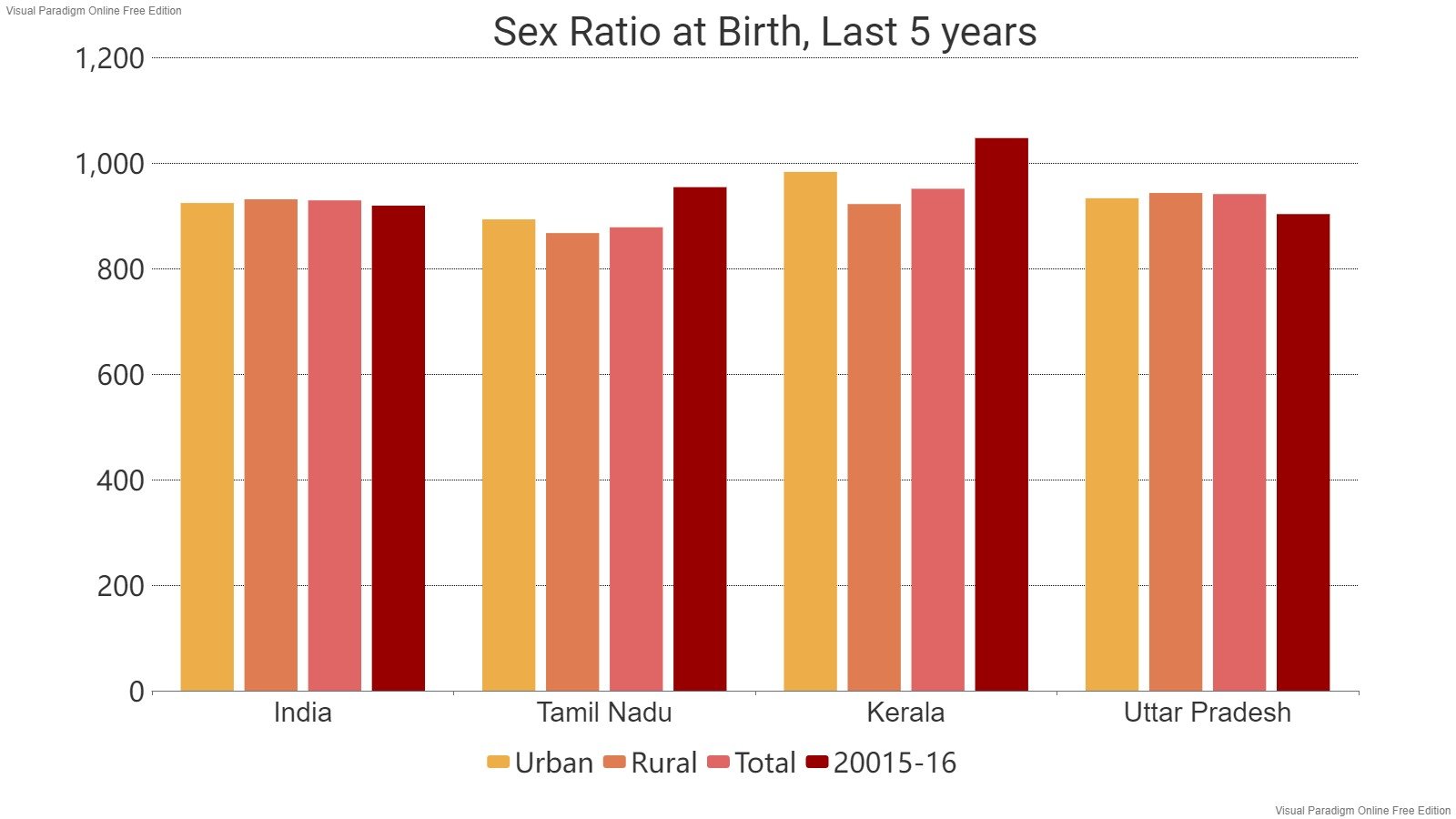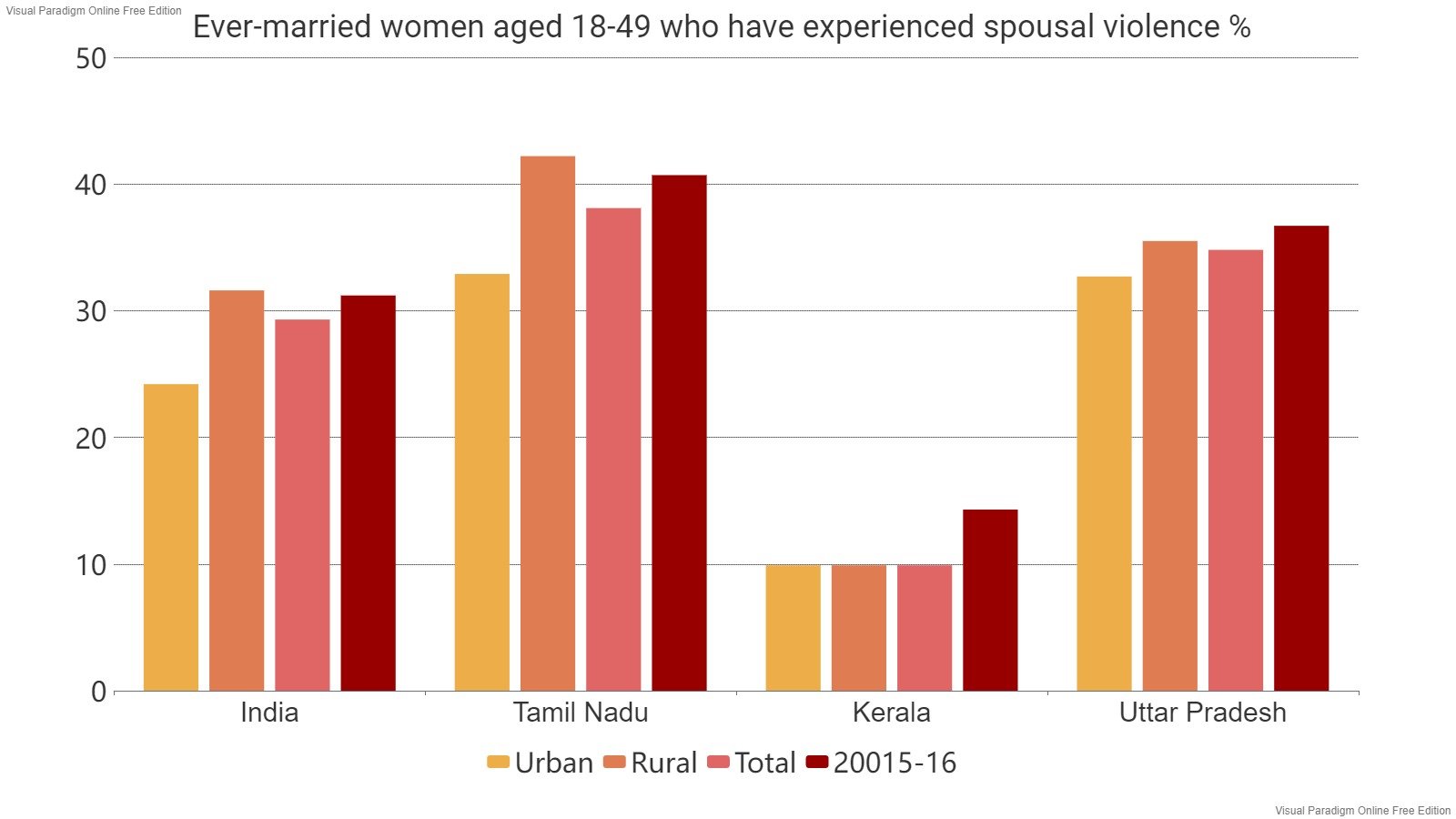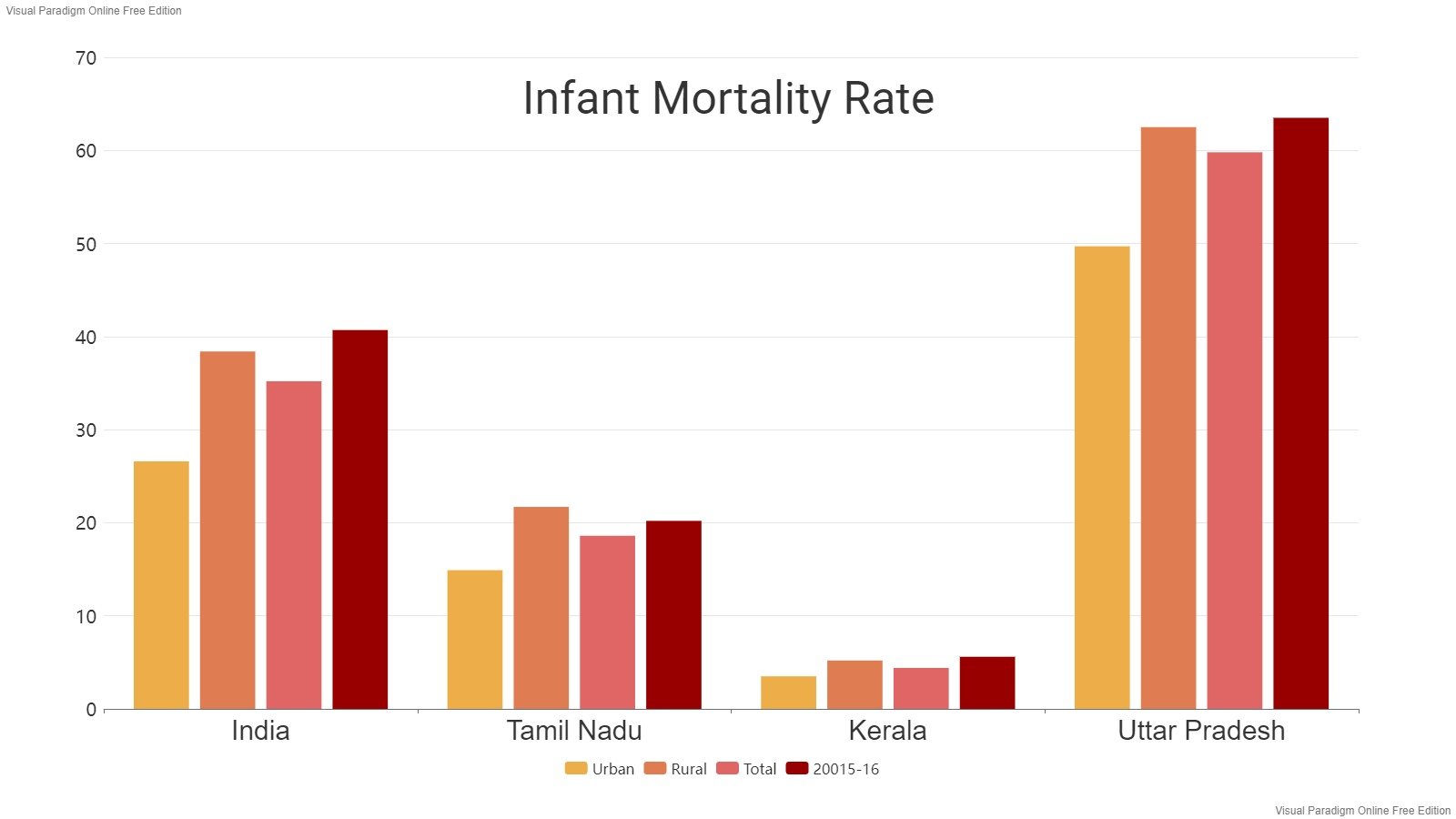Read in : தமிழ்
Cyclone Asani, one of the recurrent severe weather systems that visit the subcontinent in the pre-monsoon period, shows that a warming world poses a serious challenge to India’s States. This system was expected to recurve along Odisha, but actually moved towards the Andhra Pradesh – Odisha coast early on Wednesday. Cyclones are increasingly more powerful, their energy travelling inland into several States. Amphan is still vivid in everyone’s minds.
This summer, just as the global maps of the subcontinent showed a great swathe of red, with summer temperatures soaring beyond 45 C in many places, Asani came as a different kind of climax from the Bay of Bengal.
Almost the whole of India faces the impact of cyclones, with the coastal peninsula bearing the brunt of pre-monsoon, monsoonal and post-monsoon cyclones. Amphan (May 2020) and Fani (April 25-May 5, 2019) were powerful.
More to come
Given the rising trend of global average atmospheric temperature and its impact on Sea Surface Temperature (SST), the scientific projection is for an increase in the number of cyclones, their intensity and the total duration of cyclone days in a year. SST and ocean heat are heavily influenced by a steady warming of the globe caused by greenhouse gases emitted as a result of human actions.
ANI reported on Tuesday that the threat from Asani disrupted normal activity in multiple States. Ten flights including those from Hyderabad, Visakhapatnam, Jaipur and Mumbai were cancelled at Chennai Airport.
In its assessment, the India Meteorological Department (IMD) expected Cyclone Asani to move northwestwards steadily on Tuesday, before starting to recurving off Vijayawada and travelling along the coast of Andhra Pradesh and Odisha with wind speeds of 45 to 50 knots. Once it starts to recurve, the system would lose steam, and wind speeds were expected to fall to 25 knots, and the system to become a cyclonic storm, down from the very severe category. Inevitably, it defied predictions.
Sea surface temperature link
Scientists at the Indian Institute of Tropical Meteorology (IITM) have found that high sea surface temperatures (SSTs) with a magnitude of 28–29 degrees C and more “create favourable conditions for the genesis and evolution of cyclones in the Arabian Sea and the Bay of Bengal.” When cyclones actually hit, they induce cold and salty wakes, cooling the sea surface.
Given the rising trend of global average atmospheric temperature and its impact on Sea Surface Temperature (SST), the scientific projection is for an increase in the number of cyclones, their intensity and the total duration of cyclone days in a year
At a broader level, IITM scientists think the evidence on cyclones forming in both the Arabian Sea (ARB) and Bay of Bengal (BoB) indicate that the former area faces a greater destructive threat, given the trends of both the number of such weather events and their duration. In the ARB, since 2001, there has been a 52% increase in the number of cyclones, and a 150% increase in events categorised as very severe cyclones. By contrast, the number of storms that originated in the BoB actually declined by 8% during this period. The intensity of those that do form in the Bay, is another matter, however.
Interestingly, another study of Cyclone Fani published in Nature concluded that there was a rapid intensification from Severe to Extremely Severe category, with wind speeds rising from 55 knots to 90 knots in a 24-hour period. The sea surface temperature and ocean heat in the BoB have increased over the decades, although other atmospheric conditions underwent no significant change.
“In the Arabian Sea, cyclogenesis [cyclones formation] is now more towards the west, as these formerly cooler waters have now turned warmer. For the Bay of Bengal, there’s no significant change in the location,” Prof. Roxy Mathew Koll, Scientist at IITM and author of several publications on cyclones told Inmathi.
Prof. Koll and his colleagues wrote in the journal Climate Dynamics (2021), that an 80% increase in the total duration of cyclones in the Arabian Sea (during the last two decades) was recorded, while the duration of very severe cyclones rose by 260%. “The increase in cyclone activity in the Arabian Sea is tightly linked to the rising ocean temperatures and increased availability of moisture under global warming,” the group of scientists write.
After the destruction wrought by Cyclone Ockhi, researchers Vineet Kumar Singh, Koll, and Medha Deshpande wrote in Current Science that the weather system had intensified from a depression to a cyclone in nine hours, and thereon to very severe cyclone in 24 hours. What made the formation of such a force of nature possible is a phenomenon called the Madden Julian Oscillation (MJO) and warm ocean conditions, they wrote.
“The MJO, also known as the tropical intraseasonal oscillation, is a cyclic weather pattern (wave) that travels from west to east along the equator every 30 – 90 days,” according to McGraw Hill’s Access Science repository. The changes to wind, sea surface temperature, cloudiness and rain in the tropics is attributed to the MJO; the strength of the MJO is linked to the El Nino phenomenon (weak effect) to La Nina (strong).
“In the Arabian Sea, cyclogenesis [cyclones formation] is now more towards the west, as these formerly cooler waters have now turned warmer. For the Bay of Bengal, there’s no significant change in the location,” Prof. Roxy Mathew Koll, Scientist at IITM and author of several publications on cyclones told Inmathi.
This year, with a persisting La Nina effect, the MJO appears to have asserted itself. In fact, there were twin cyclones in the Indian Ocean region on Tuesday, with Asani in the north, close to the Andhra Pradesh and Odisha coast, and Karim with wind speeds of 112 kmph way south in the Indian Ocean region, with a distance of about 2,800 km between the two systems. Unless the distance between two systems is about 1,000 km, they do not interact, say weather experts.
Since the Arabian Sea is expected to encounter more severe storms in coming years, based on the pattern so far in the current century, important cities and populated regions in the Western coast face a higher threat of loss of life and economic assets. Even with a reduced incidence, the cities along the east coast, including Chennai, face a growing threat due to the intensity of the storms.
Adapting coastal cities for the coming challenge of frequent storms, and mitigating greenhouse gas emissions need to be at the core of national environmental policy.
Read in : தமிழ்






